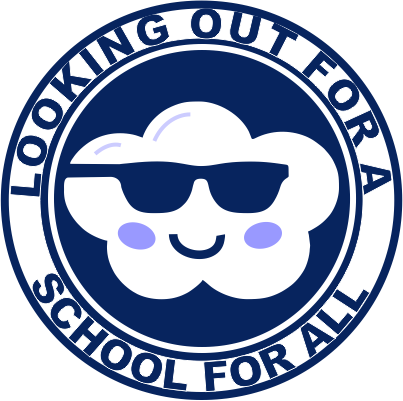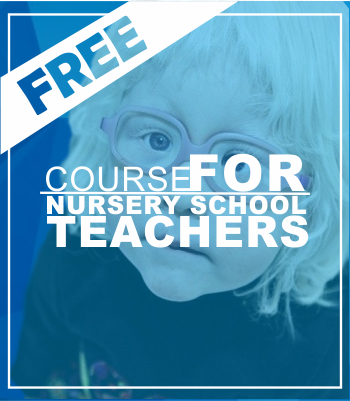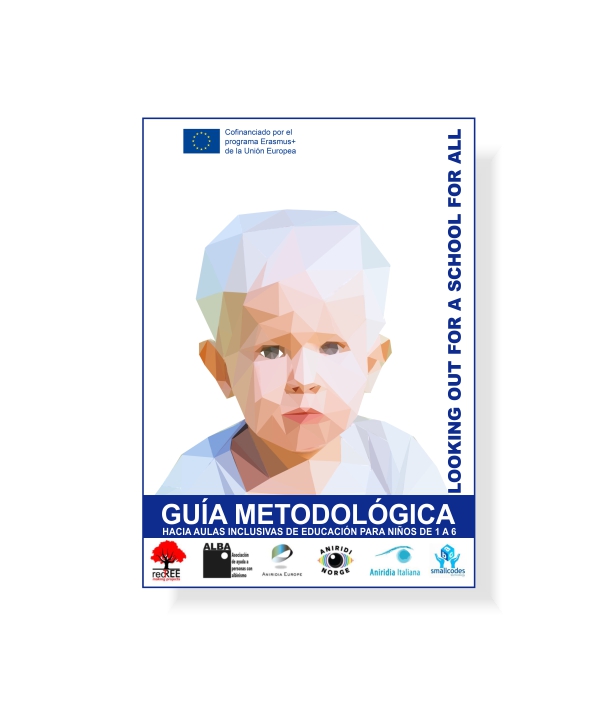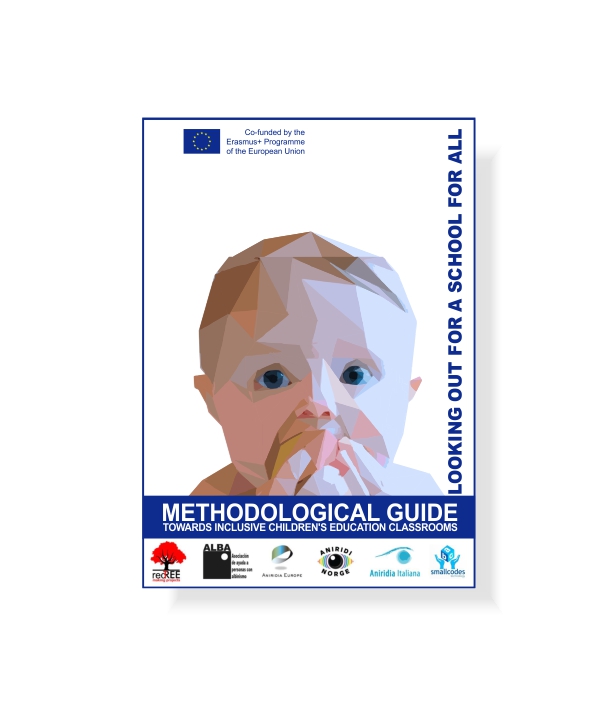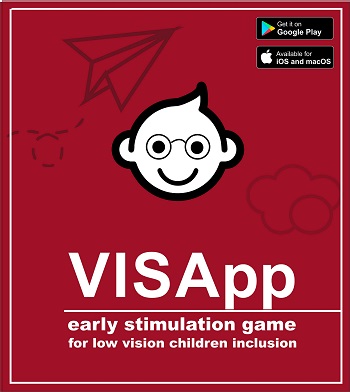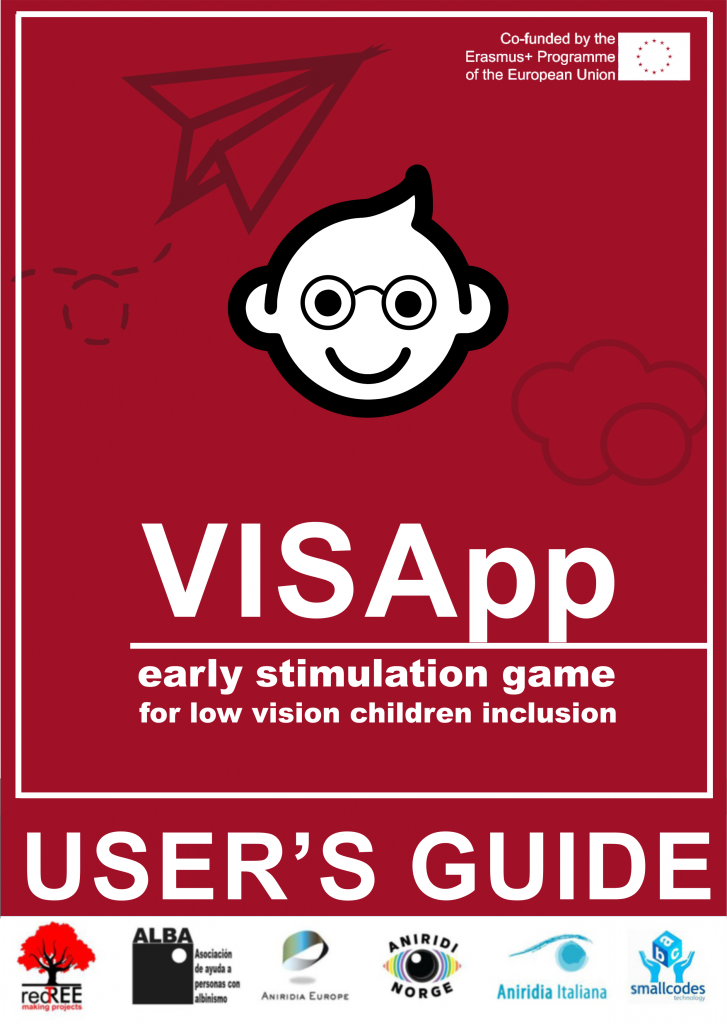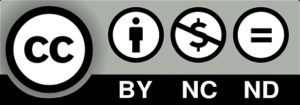WHAT IS A INCLUSIVE CLASSROOM
An inclusive classroom is a general education classroom where students with and without learning differences learn together. Inclusive classrooms are welcoming and support the diverse academic, social, emotional, and communication needs of all students. Learn more about what inclusion is, how it can benefit all learners, and how to implement an inclusion program in your classroom and school-wide.
Create a inclusive classrooom include that ALL students, regardless of labels, should be members of the general education community. The philosophy of inclusion encourages the elimination of the dual special and general education systems, and the creation of a merged system that is responsive to the needs of all students.
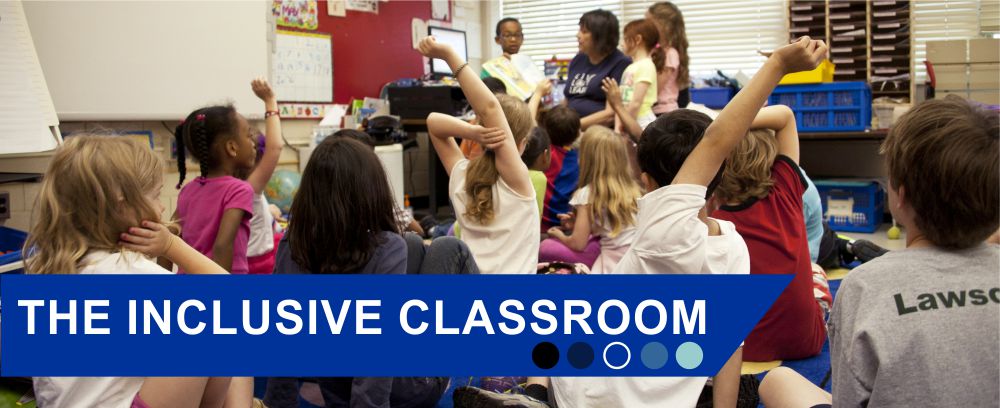
The practice of inclusive education—or inclusion—within general education classrooms is becoming more prevalent within early childhood settings.
On one hand, to successfully deliver classroom curriculums, promote learner growth, and meet the goals of all students served within inclusive settings, teachers must have a basic understanding of the unique learning needs of all students, including those with visual impairments. Because students learn best when the teachers who educate them first understand their needs, this chapter is designed as a basic starting point for early childhood educators who have limited to no background in working with students who have visual impairments. The educators need a basic understanding of visual impairments, questions to ask when serving children with vision loss, and to show how accessibility can be approached in a way that is meaningful to students with visual impairments
On the other hand the classrooms, even in the pre-primary education, need some adapted equipment and specific tools adapted to the specific conditions of their students, not only the students with loss vision, but also promoting the participation in equity for all of them.
In this web space, we propose the creation of an inclusive class of the early childhood stage where students with low vision can develop educational objectives in equality, developing not only their motor characteristics but also their self-confidence and socialization.
THE WAY TO REACH A INCLUSIVE CLASSROOM
In this site we will teach the teachers the way to create a inclusive classroom, learning the basics about inclusion of Low Vision children, characteristics of inclusive classrooms that work, and things you can do to implement inclusion principles right away.
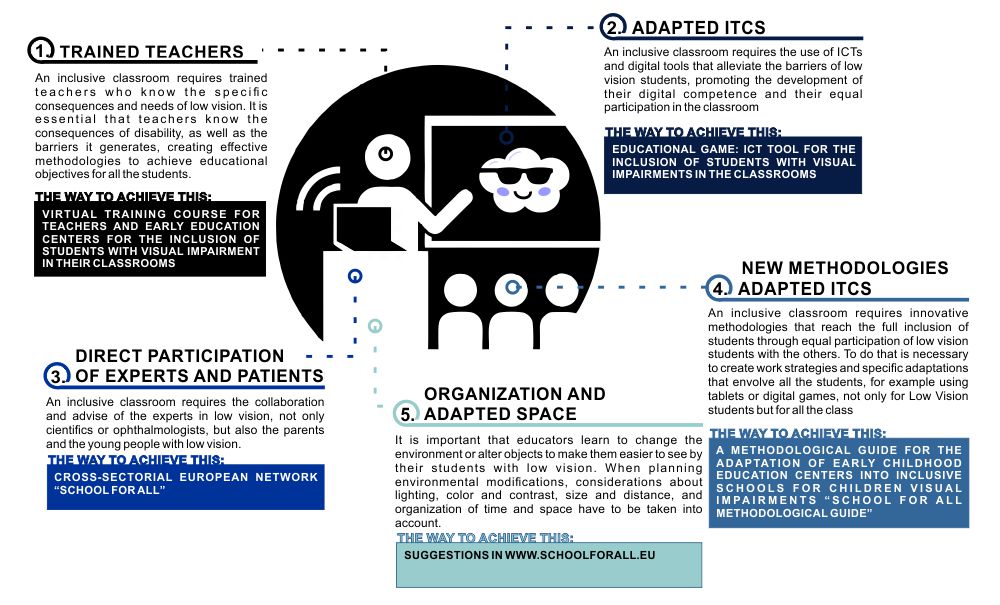
If you are a teacher of pre-primary school with low vision students, we offer a simple 5 steps to create an inclusive classroom:
SPECIFIC RESOURCES OF A INCLUSIVE CLASSROOM
1: A course for pre-primary teachers
A training course for teachers of early education and nursery schools that contain all the necessary materials for them to achieve the inclusion of visually impaired students in their classrooms.
This on-line training course through an e-learning platform already created by the coordinating entity will allow a dynamic and flexible training, without the need of traveling.
This course has a schedule where the teacher can check the course’s development and its activities, it communication tools such as forums, internal messaging, email, self-evaluation activities, all files for each course as downloadable PDFs, links to upload activities to be evaluated by course’s tutor, a qualifications sheet, and access to links of interest, such as websites, videos, etc.
These materials are created by experts, researchers, family members, and prestigious entities in the field of visual disability.
2: «Towards inclusive children’s education classrooms» methodological guide
We propose a very innovative methodology, which shies away from early care processes in specific centers or domiciliary, to bet on the integration of children with severe visual deficiencies in the nursery school. This methodology seeks to train parents and caregivers of day-care centers so that the specific attention of children with Low Vision is carried out in generalist pre-primary schools, in contact with the rest of their classmates, encouraging their inclusion in equality and their socialization (serious problems for a child with visual impairments) and favoring a satisfactory psychological and psychomotor development.
3: Early stimulation software for loss children
A multimedia game aimed at children with visual impairment, but also at all other students. This multimedia tool pursues the sensorial-perceptive development of the users and the stimulation of their creativity, while boosting group work and socialization among all students by promoting collaborative work on a level of equality regardless of their barriers.
This application improves and stimulate the cognitive development and promote visual and hearing stimulation, cause-effect relationship learning through a motivational and stimulating learning tool due to a recurrent call for attention through sensory references. It encompass different levels of complexity, from passive receiving to the active participation of the student through their interaction with the tablet or Android device, from which the teacher can customize several features.
Some information extracted from http://www.pathstoliteracy.org/blog/classroom-adaptations-students-low-vision
4: «Early stimulation program for children with low vision» user’s guide
This is the User’s guide of the new educative software for pre-primary classroom, that will allow the teacher tu use this adapted ICT to implement a flexible and innovative methodology to train childhood education teachers through a virtual learning compatible with their work in the classrooms, designed by experts, family members and the beneficiaries themselves.
